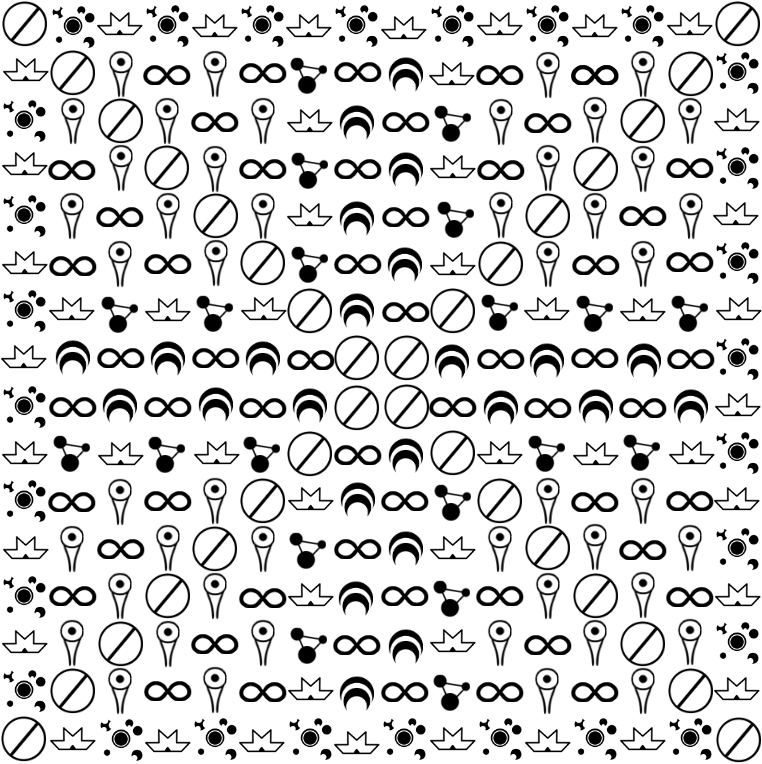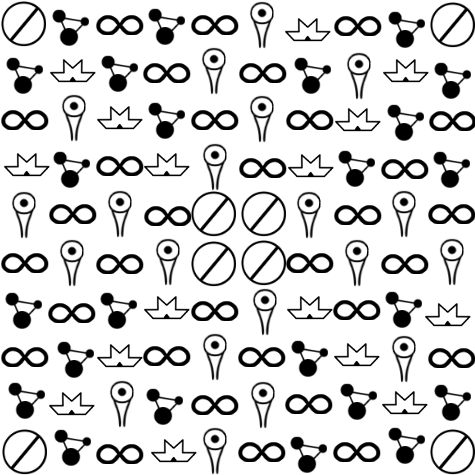Okion
Okion is considered the chess of the felinic world. Many other Sentients complain the game is complicated, but because it uses runes commonly recognised as alternate felinic numbers, felinics say the game is as simple as counting to six.
Traditional okion boards (from before 2000 AE) are hand-carved on marble tables with colourfully dyed diamond pieces. Most modern boards are hard cardstock with the symbols stamped onto them, while the pieces are made from painted pebbles.
Replicas of traditional boards are common in wolven kingdoms, though most felinic people enjoy the lightweight, portable card versions for their games and have no intention of returning the heavier boards.
Games of okion can last for hours, especially in a competitive environment.
Rules
There may be up to 4 players per game, with a minimum of 2 players.
Each player starts in one of the board corners; the turns pass from players in a clockwise direction from their starting place on the board.
The aim of the game is to land on the other player(s), expelling them from the game until you are the last player left.
Each symbol represents a number. When you are leaving a space, the symbol on the space dictates how many spaces you must move in a straight line either horizontally, vertically, or diagonally.
You must move the exact number of spaces. However, there is a common house rule (that is most popular with mustenel) that allows you to move in the radius, equivalent to the number instead (eg, landing on a four allows you to move in a radius of up to four spaces.)
You cannot end your turn on the 0 squares, but they may be passed over.
Symbols

Traditional Layout
The traditional layout for okion boards are quite large.

Children’s Board
In 5628 AE a variation of the board was created for children and foreigners who had trouble comprehending the full game.
It only goes up to 4, and games tend to be a lot quicker.
